When generating a new world in Minecraft Java Edition 1.21.11 or Bedrock Edition 1.21.120, players can select various world presets (formerly world types in Java). These options offer unique terrain generation, biomes, and gameplay experiences. Java Edition provides more variety with World Presets: Default, Superflat, Large Biomes, Amplified, Single Biome, and Debug Mode. Bedrock Edition offers Infinite (default) and Flat worlds with customizable presets.
This guide covers all options, their features, differences between editions, and tips & tricks for optimal play. Some presets are Java-exclusive and ideal for survival, building, or exploration.
Table of Contents
1. Default
The standard world preset using vanilla biome generation. Features diverse landscapes, towering mountains (up to Y=320), deep caves (down to Y=-59), lush caves, and all structures like villages, strongholds, and ancient cities.
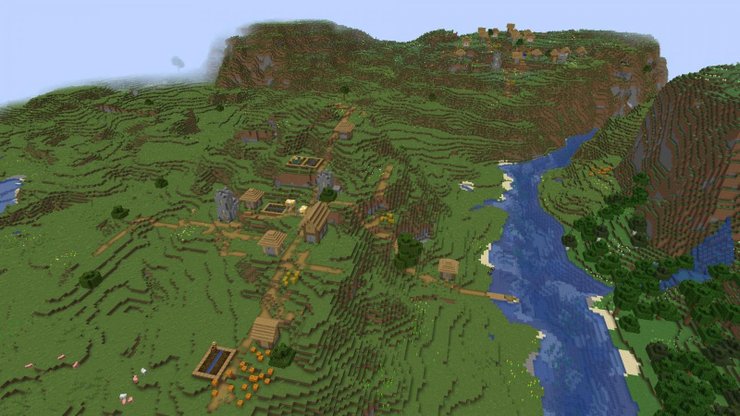
Biomes are naturally distributed with realistic terrain post-1.18 Caves & Cliffs update.
Tips & Tricks
- Enable "Experimental" features for latest mobs/blocks like breeze and trial chambers.
- Use a seed finder for biomes near spawn (e.g., villages with raids).
- Seed tip: For 1.21, try "Mounts of Mayhem" themed seeds with horse variants.
2. Superflat (Flat)
Generates a flat world at Y=-60 surface (post-1.18). Default layers: 1 bedrock, 2 dirt, 1 grass. No natural terrain, but customizable presets. Java and Bedrock now share many presets (Bedrock added in 2025).
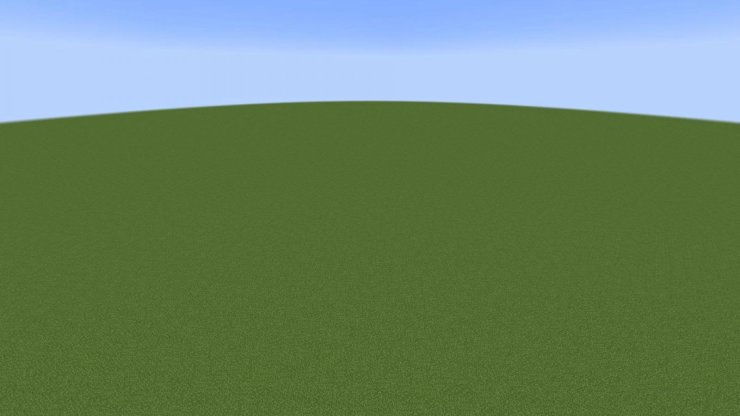
Presets (Java/Bedrock common): Classic Flat, Tunnelers' Dream (caves/mineshafts), Water World, Overworld (mimics default height), Snowy Kingdom, Bottomless Pit, Desert, Redstone Ready, The Void.
Great for building mega-structures or farms without terrain interference.
Tips & Tricks
- Customize layers: Edit preset code (e.g., add more stone for mining).
- Enable structures for villages/strongholds.
- Trick: Use "Overworld" preset + high render distance for fake depth illusion.
- Bedrock: Access presets in Advanced tab.
3. Large Biomes (Java Edition only)
Default generation but biomes scaled 4x larger (16x area). Ideal for epic exploration and immersive landscapes.
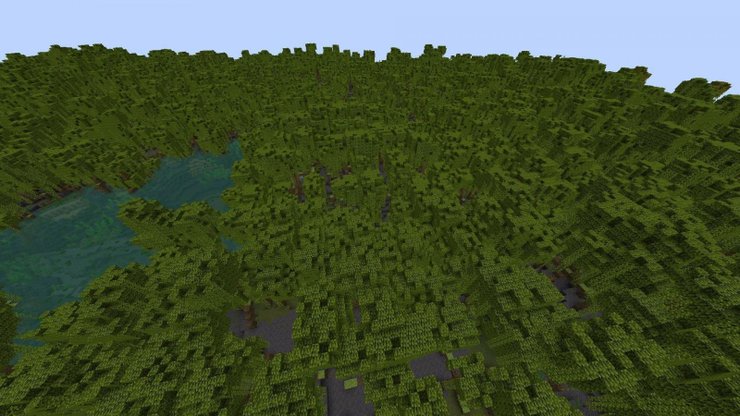
Structures unchanged, but more frequent in vast areas. Post-1.18, combines with huge mountains.
Tips & Tricks
- Elytra + fireworks for fast travel across mega-biomes.
- Map entire regions with cartography tables.
- Pair with data packs for even larger scales.
4. Amplified (Java Edition only)
Extreme terrain: Mountains reach build limit (Y=320+), deep ravines to bedrock. Nether/End normal.
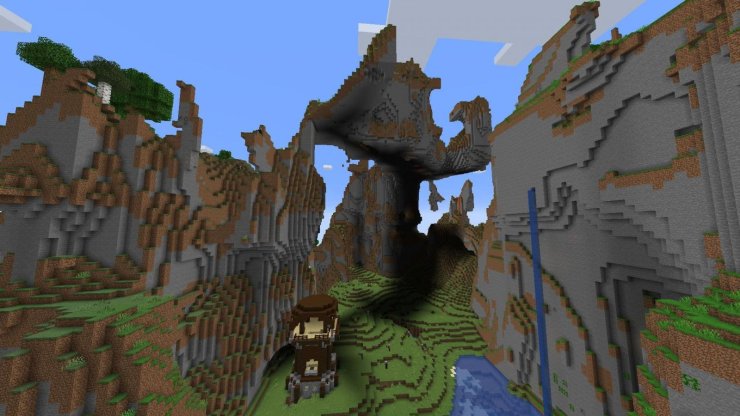
Villages adapt to cliffs; survival is challenging but visually stunning.
Tips & Tricks
- Water bucket clutch for falls; craft boats early for rivers.
- Locate caves for safe mining; avoid peaks without elytra.
- Mod: AmpXtreme data pack extends to Y=2032!
5. Single Biome (Java Edition only)
Entire Overworld one biome (e.g., Plains, Mushroom Fields). Customize choice; affects terrain, mobs, structures.
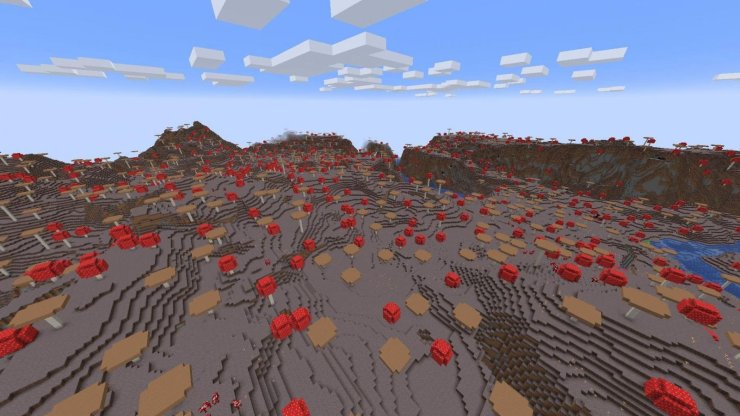
Technical biomes available; great for themed survival (e.g., infinite mushrooms).
Tips & Tricks
- Choose "Mushroom Fields" for mob-free farms.
- "Deep Dark" for sculk/warden challenges.
- Combine with Superflat for flat single-biome builds.
6. Debug Mode (Java Edition only)
Grid of all block states at Y=70; can't place/break blocks. For testing.
Tips & Tricks
- Hold Alt to cycle presets quickly.
- Use for block ID reference.
7. Custom World Presets
Advanced customization via JSON data packs (data//worldgen/world_preset/). Edit Overworld/Nether/End, add dimensions. Import on creation screen.
Popular data packs/mods expand options infinitely.
The Twilight Forest
Iconic mod adding a new dimension with forests, bosses (Lich), structures. 177+ million downloads on CurseForge. Compatible with 1.21.1 NeoForge/Fabric.
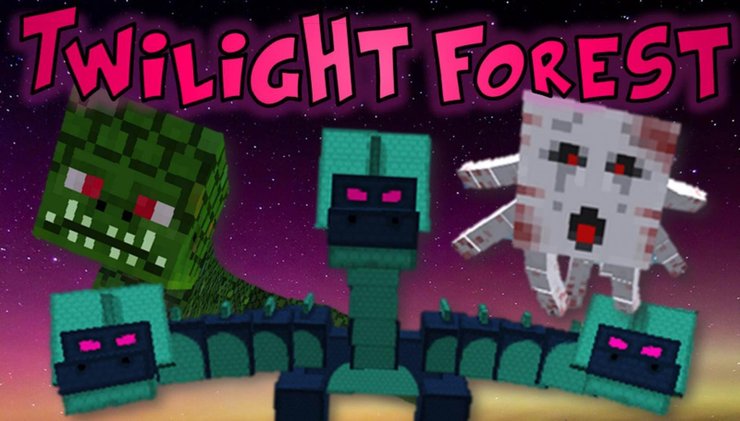
Portal: Grass/flowers frame. Fully voiced bosses, lore-friendly.
Biomes O' Plenty
Adds 50+ biomes, plants, trees to Overworld/Nether. 196+ million downloads. 1.21 compatible.
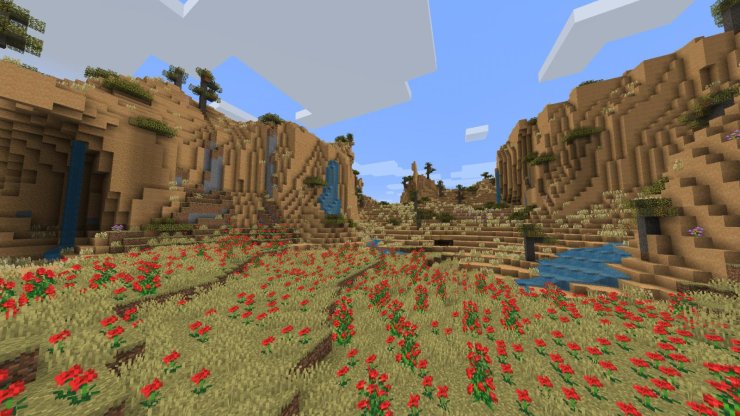
Tips & Tricks for Mods/Custom
- Use Modrinth/CurseForge launchers for easy installs.
- Combine Biomes O' Plenty + Terralith for 100+ biomes.
- Backup worlds before data packs; test in creative.
- Performance: Allocate 4GB+ RAM for custom gens.

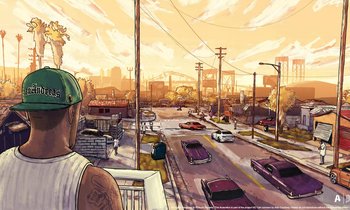
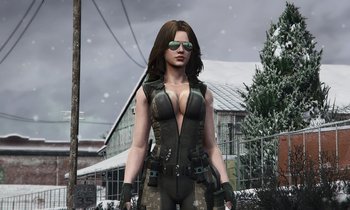
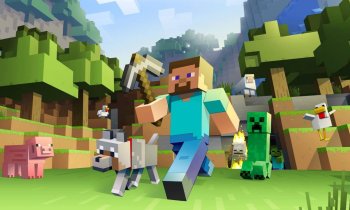






Comments